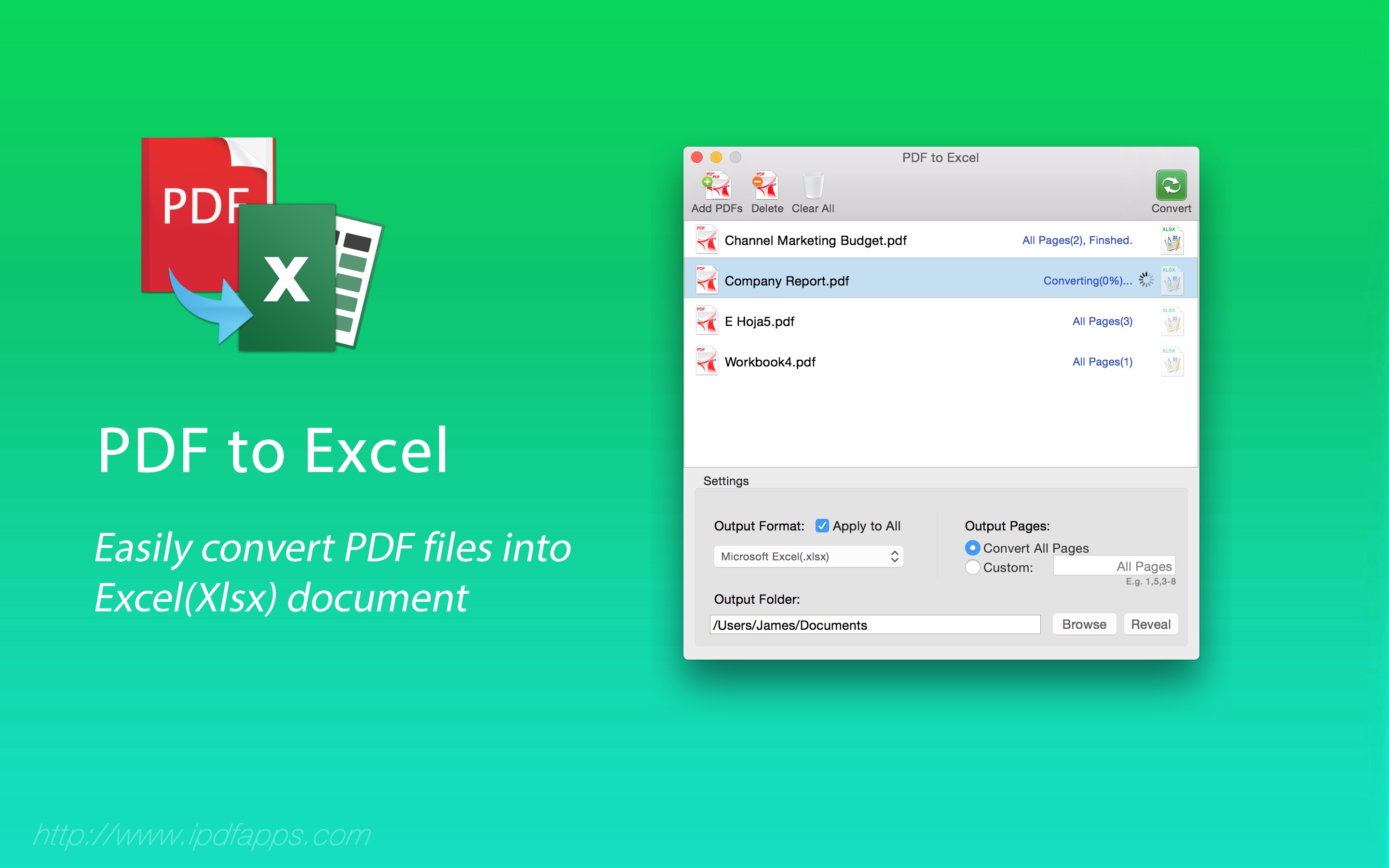Fit Excel Sheets into PDFs Easily: A Guide

Have you ever needed to share your Excel spreadsheets in a format that's more universal, visually appealing, and easier for everyone to access? PDFs are the perfect solution for this scenario. They are widely recognized and can preserve the complex data and formatting of your spreadsheets without requiring the recipient to have Excel installed. This blog post will guide you through the process of converting your Excel sheets into PDFs, ensuring your data is presented precisely and effectively.
Why Convert Excel to PDF?

Before diving into the mechanics of conversion, it’s essential to understand the benefits:
- Portability: PDFs can be opened on virtually any device without compatibility issues.
- Security: PDFs can be password-protected, offering a layer of data security.
- Formatting Preservation: Unlike other document formats, PDFs maintain the layout, fonts, charts, and tables as intended by the creator.
Steps to Convert Excel to PDF

Here’s how you can easily transform your Excel sheets into PDFs:
Step 1: Prepare Your Excel File

- Open your Excel workbook and ensure all necessary data, formulas, and formatting are correctly applied.
- Check for any last-minute changes or adjustments needed before conversion.
⚠️ Note: Formulas will not be preserved in the PDF; ensure all cells display the values you want to share.
Step 2: Use the Save As Feature

- Click ‘File’ > ‘Save As’ or simply press F12 or Ctrl+S (or Command+S on Mac).
- In the ‘Save as type’ or ‘File type’ dropdown menu, select PDF (*.pdf).
- Choose your desired destination folder, name the file, and decide whether to ‘Optimize for:’ Standard (for general use) or Minimum Size (for smaller files).
- Click ‘Save’ or ‘OK’.
🔍 Note: If your Excel file contains a workbook with multiple sheets, all visible sheets will be included in the PDF unless specified otherwise.
Step 3: Advanced Options

- After choosing ‘PDF’ as the file type, you might see options like ‘Options’ or ‘Settings.’
- Here, you can choose to publish only selected sheets, set PDF properties, or adjust security settings like password protection.
- Select these options according to your requirements, then proceed with saving the file.
Step 4: Review Your PDF

- Open the newly created PDF to ensure it has captured all your data and formatting as expected.
- If anything is amiss, go back to Excel, make necessary adjustments, and repeat the conversion process.
Converting Specific Sheets to PDF

What if you only want to convert certain sheets from your workbook to PDF?
Using Print Preview

- Go to ‘File’ > ‘Print’ or press Ctrl+P (or Command+P on Mac).
- In the ‘Settings’ section, change ‘Entire Workbook’ to ‘Print Active Sheets’ or select specific sheets.
- Adjust other print settings like orientation, scaling, or margin size if needed.
- Click ‘Export’ or ‘Save as PDF’ to proceed.
Using Excel’s Built-In PDF Creation

- Right-click the sheet tab you want to convert and choose ‘Save As’ or ‘Move or Copy.’
- Follow the steps mentioned in Step 2 above, but ensure the sheet you want is active or selected.
💡 Note: You can hold down the Ctrl key to select multiple sheets for conversion in a single PDF.
Important Considerations

When converting Excel to PDF, keep in mind:
- Hyperlinks: Links within the PDF will still function as intended.
- Comments: Excel comments might not appear in PDF unless settings allow.
- Accessibility: Consider making your PDF accessible for those with disabilities by including alternative text for images.
Summary of Key Points

By now, you should understand the value of converting Excel files to PDFs, and how you can do this effortlessly within Excel itself. Whether you’re sharing financial reports, charts, or data analyses, PDFs ensure that your work looks professional and is accessible to a wide audience. Remember to prepare your Excel file, use the ‘Save As’ feature to create the PDF, and review the output for any discrepancies. Also, think about the specific sheets you want to share and the security settings you might need to apply.
Can I password protect my PDF?

+
Yes, when using Excel’s built-in PDF creation options, you can set passwords for opening or editing the document in the ‘Options’ or ‘Settings’ section.
Will my Excel formulas be converted to the PDF?

+
No, formulas will not be carried over. Ensure the cells display values or results you want to share before converting to PDF.
What if my PDF file is too large?

+
You can optimize the PDF for smaller file sizes when saving, or use online tools to compress the PDF without compromising on quality significantly.
How do I keep Excel comments in the PDF?

+
During the conversion process, check the ‘Include Comments’ option if available. If not, you might need to print the Excel sheet to PDF with comments displayed.


